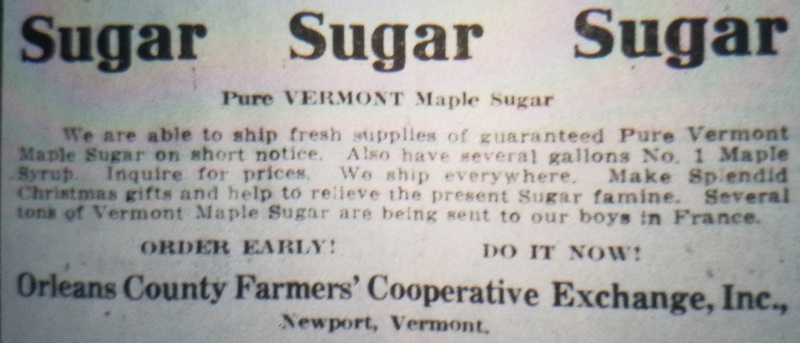Sugar Sugar Sugar
Food Will Win This War
President Wilson created the United States Food Administration (USFA) on August 10, 1917, shortly after we entered the war. The USFA was tasked with stabilizing the wheat crop, and soon took on the task of considering self-rationing for the homefront. There was little evidence that this rationing was needed, production due to the Women's Land Army and the Department of Agriculture's assistance actually increased. Early on the slogan "Food Will Win the War" was adopted and Americans took it to heart.
Rationed foodstuff included bread, meat and sugar. Sugar was the first item on the list, and a weekly allowance of 3/4 pound was given. Flour was limited to 4 pounds and meat of all kinds to 2.5 pounds. Self sacrifice was touted as a very patriotic thing to do, and home economic specialists came out in droves to help the average household cut their pantries down to bare minimum. The USFA even went to make suggestions such as "Meatless Mondays" and "Wheatless Wednesdays". To bolster this supply more, the USFA began a process of price fixing some of the produce such as wheat, milk and butter.
Ultimately the point of this rationing was not to guarantee domestic stocks, but that the products be available for the Army and the Allied nations. Because of this drain, some areas suffered shortages. To ensure equity, required rationing began in January of 1918. Ration cards were issued nationwide, local butchers and grocers were required to keep client lists and were not permitted to give more food than the cards authorized. Some foods such as butter were still rationed as late as 1920, due to high demand.
